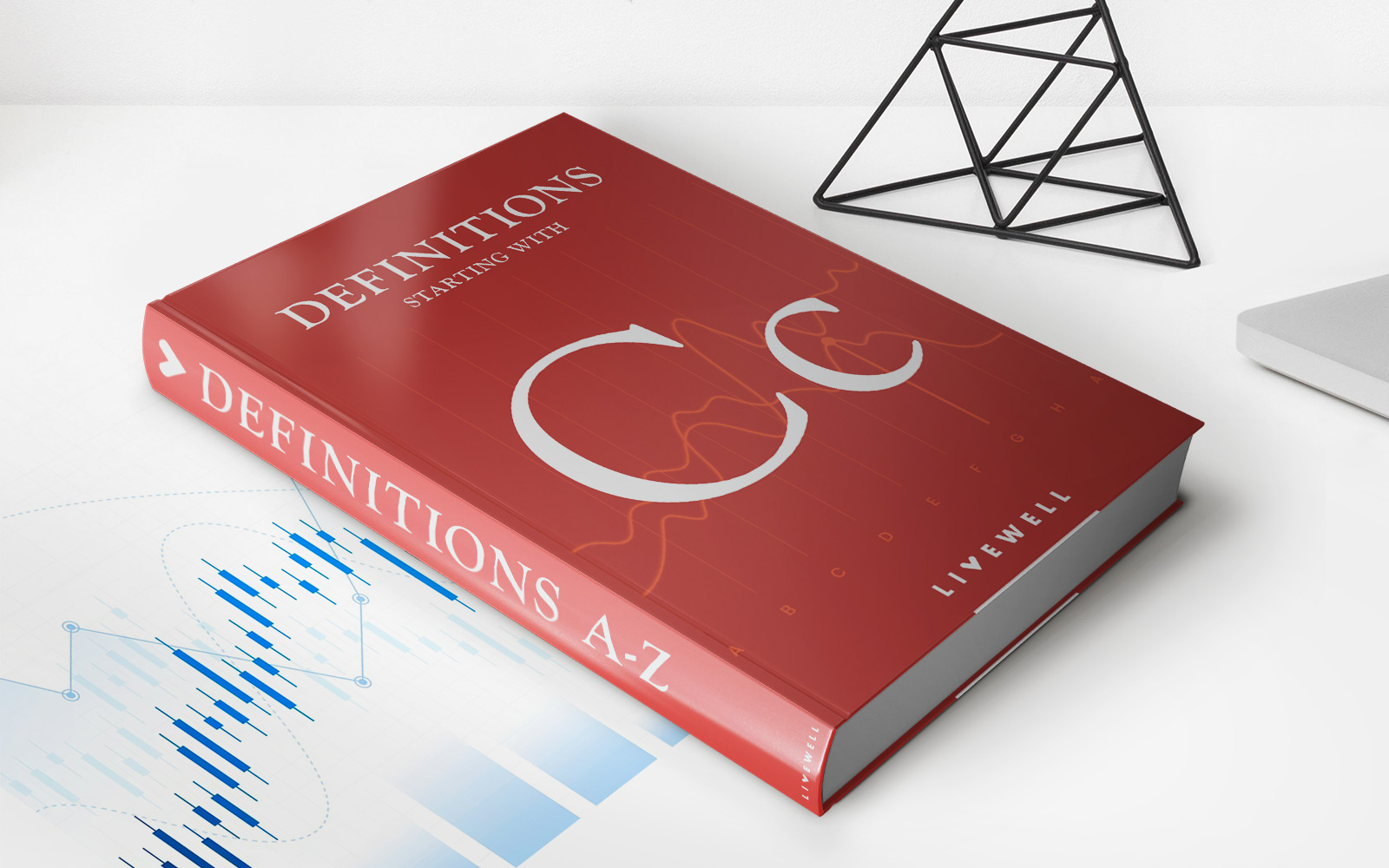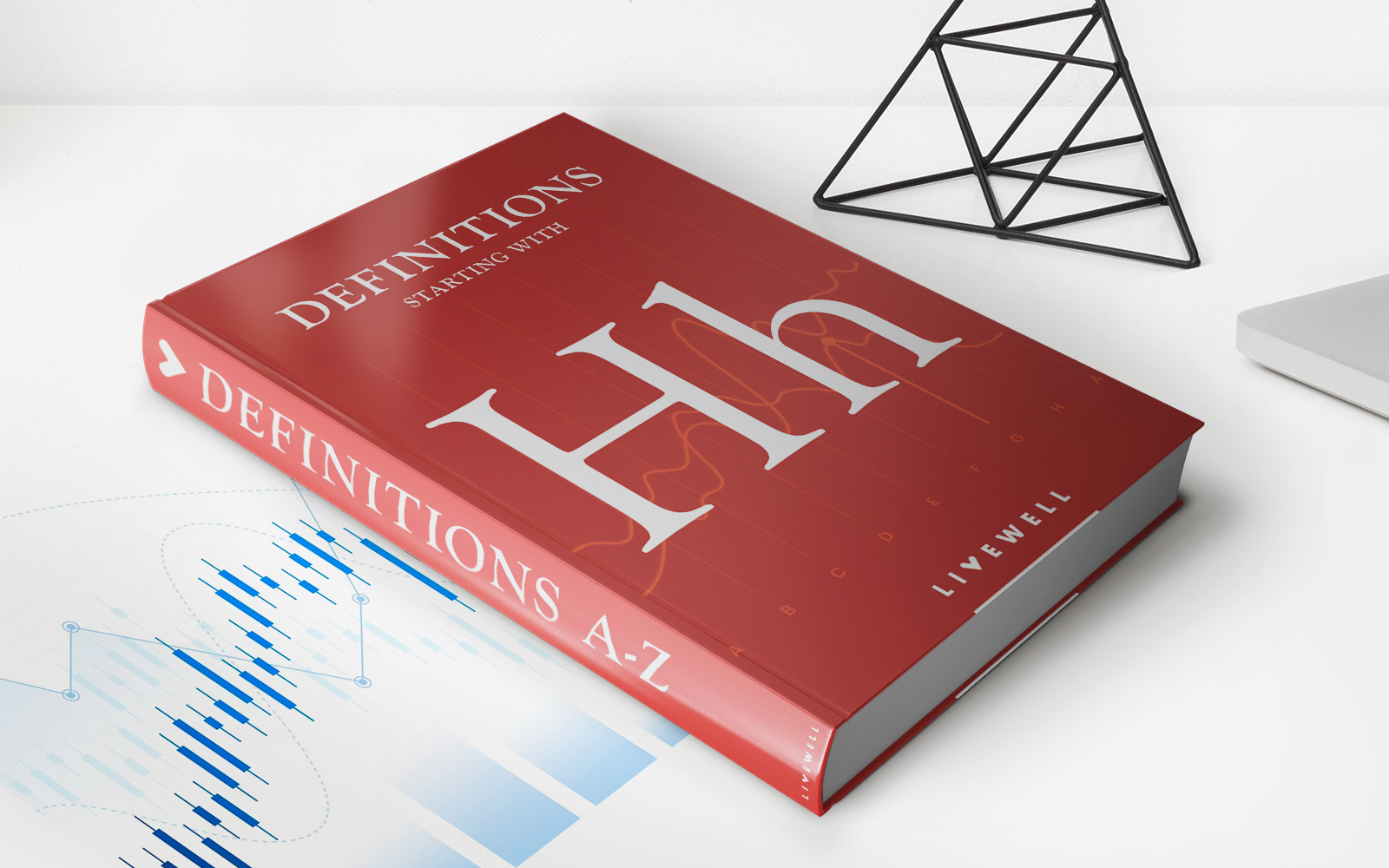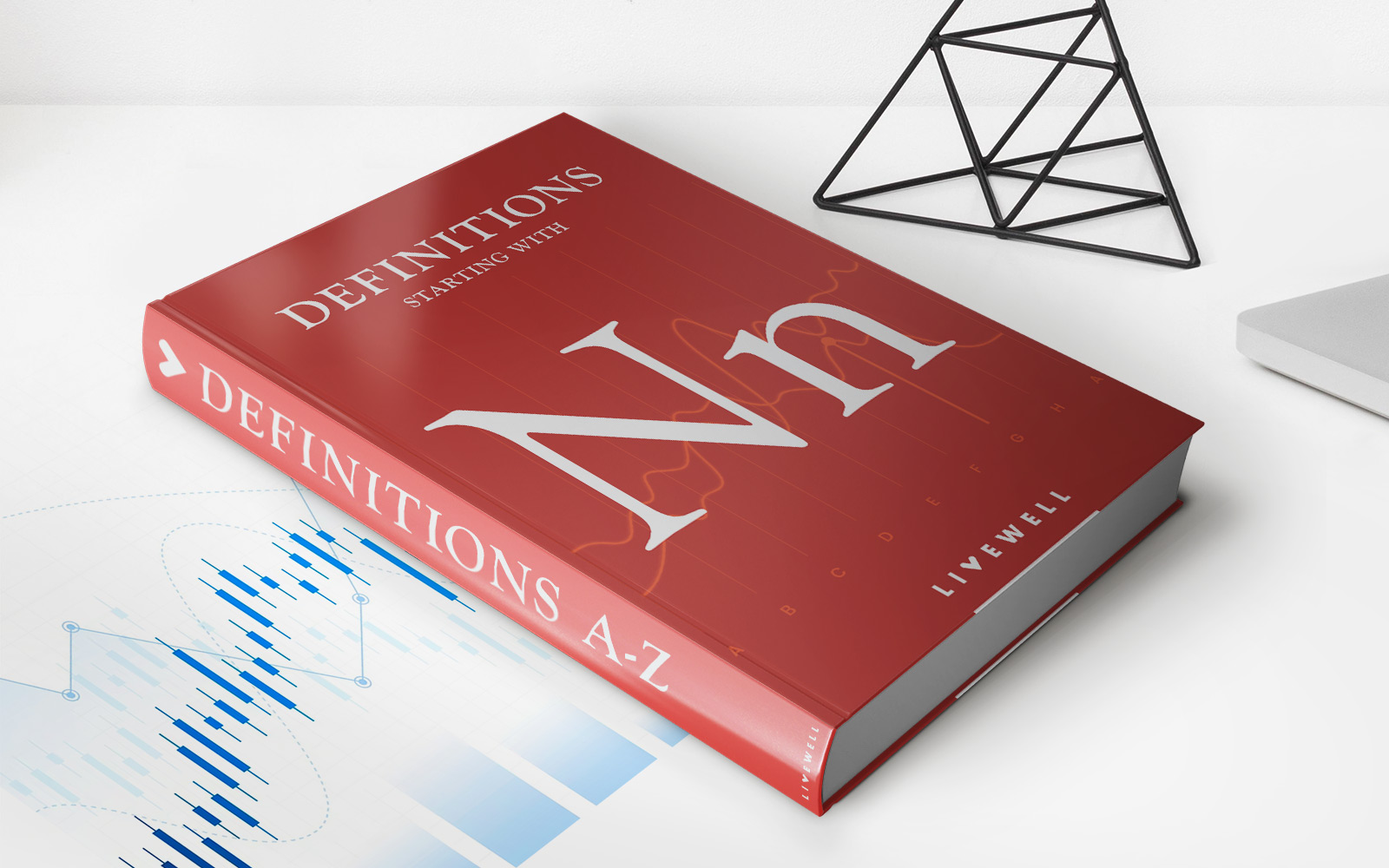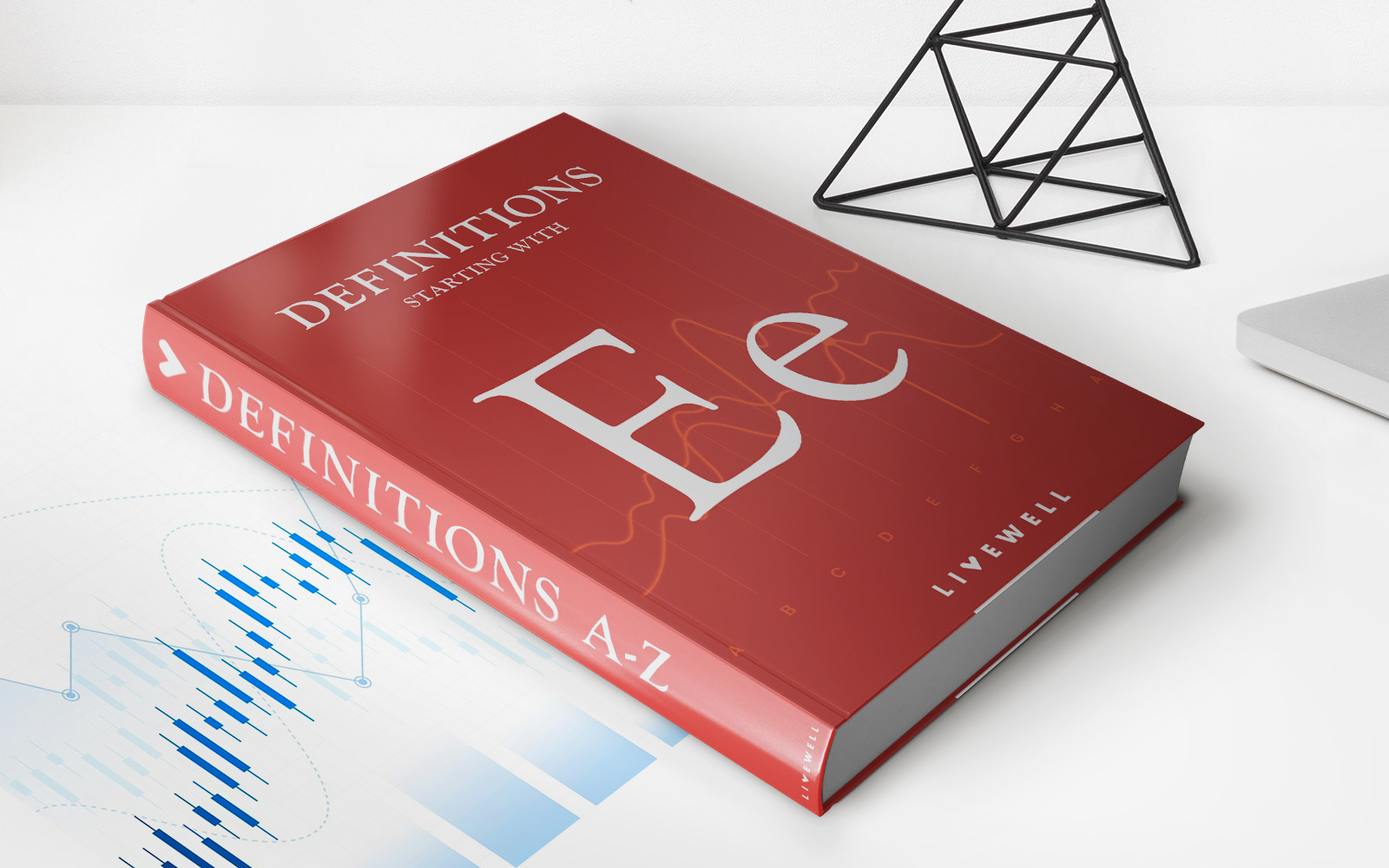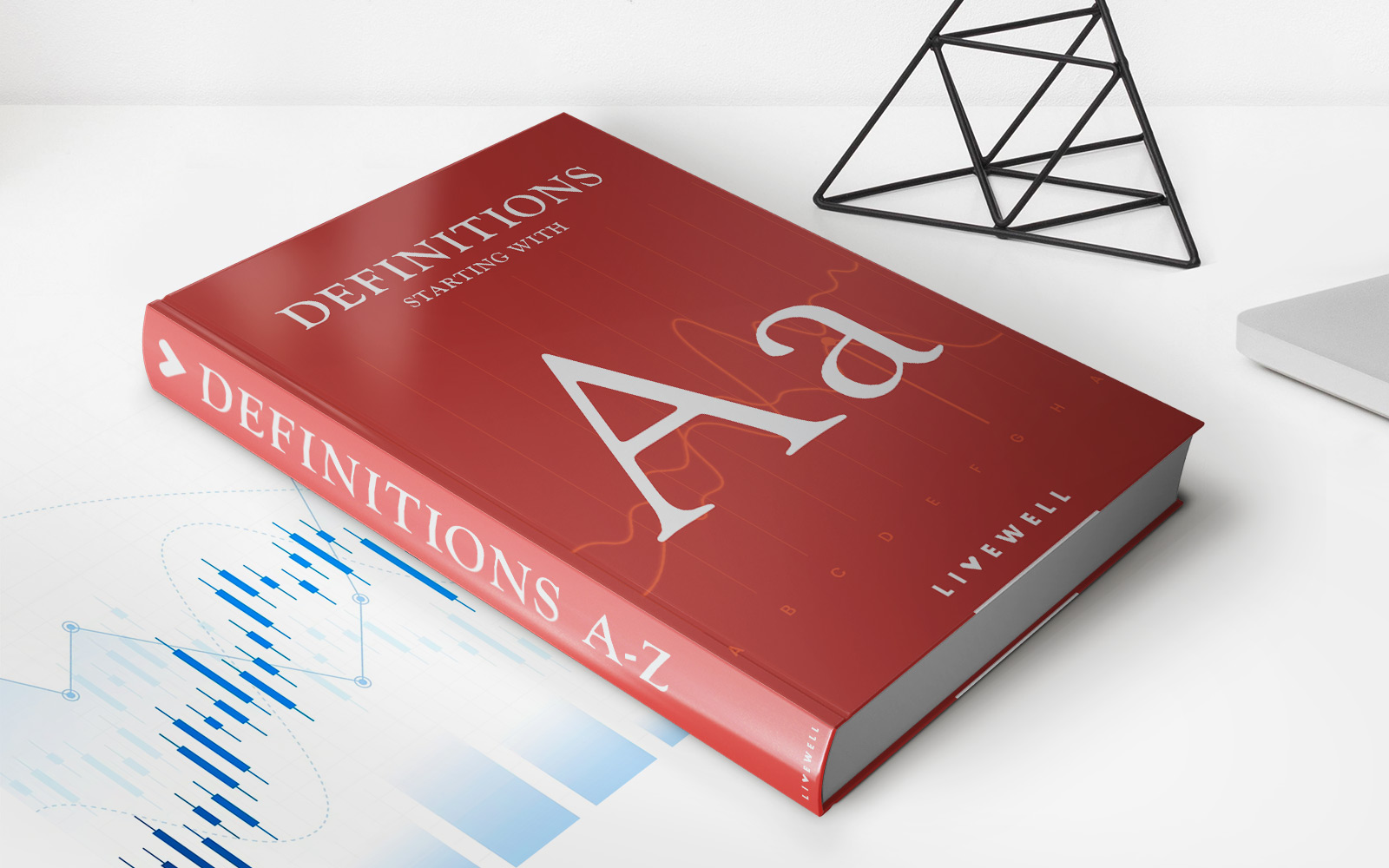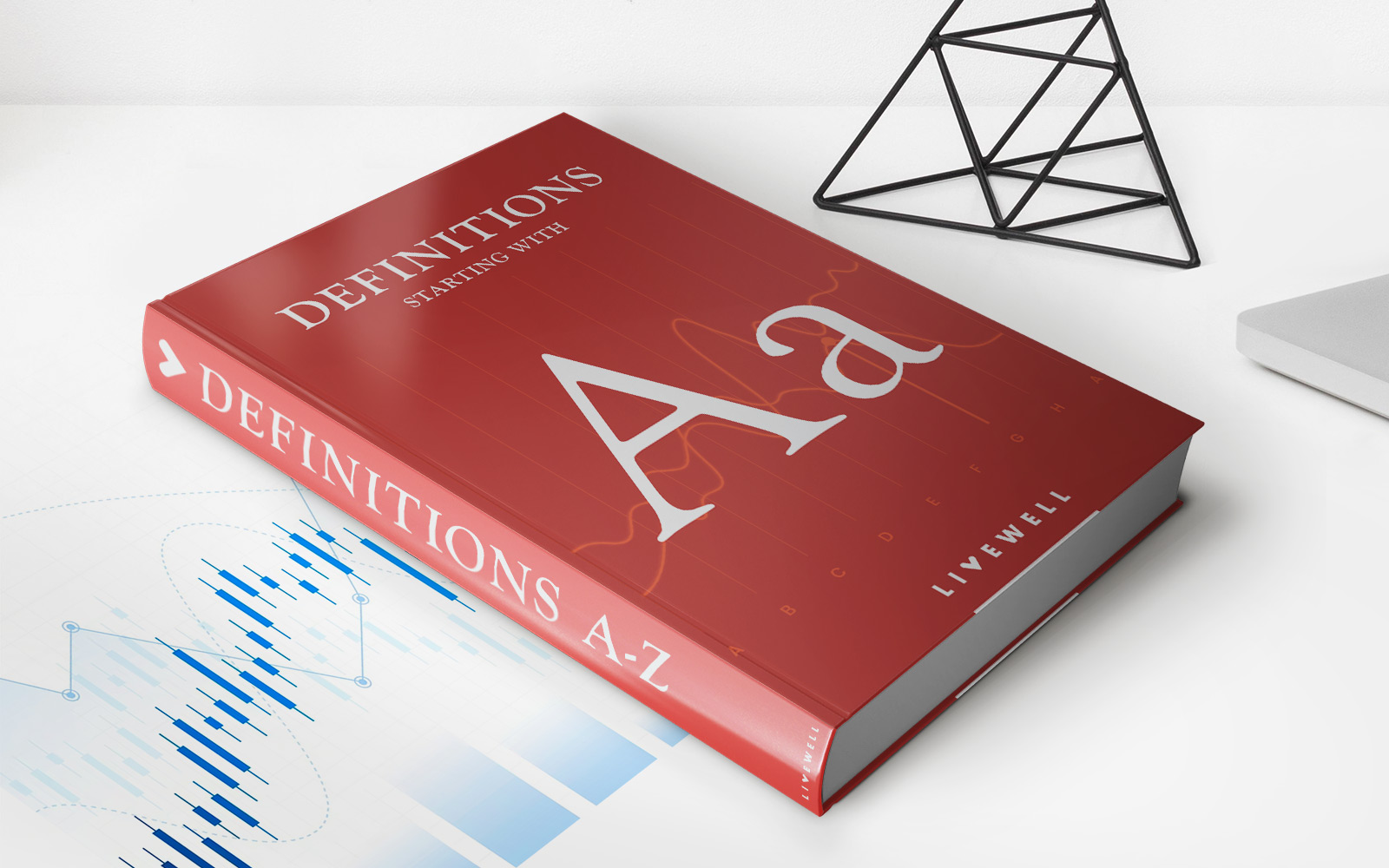Home>Finance>Herfindahl-Hirschman Index (HHI) Definition, Formula, And Example
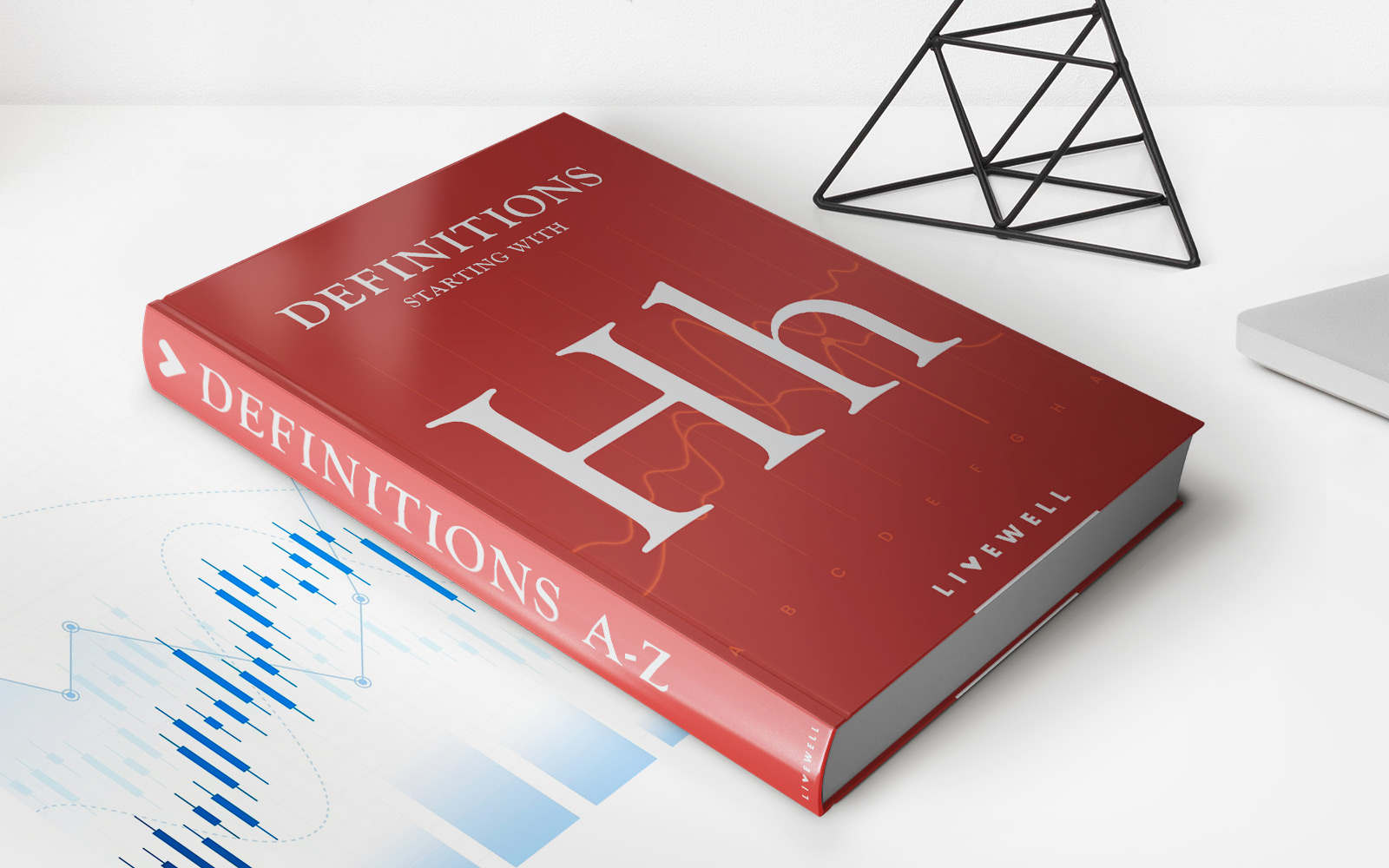

Finance
Herfindahl-Hirschman Index (HHI) Definition, Formula, And Example
Published: December 4, 2023
Learn about the Herfindahl-Hirschman Index (HHI) in finance. Understand its definition, formula, and see an example to grasp its significance.
(Many of the links in this article redirect to a specific reviewed product. Your purchase of these products through affiliate links helps to generate commission for LiveWell, at no extra cost. Learn more)
Understanding the Herfindahl-Hirschman Index (HHI): Definition, Formula, and Example
When it comes to measuring market concentration and competition within an industry, the Herfindahl-Hirschman Index (HHI) is a vital tool. This blog post aims to shed light on the concept of HHI, explain its formula, and provide a real-world example to illustrate its significance. So, let’s dive into the world of finance and explore this intriguing metric!
Key Takeaways:
- The Herfindahl-Hirschman Index (HHI) is a measure of market concentration that indicates the degree of competition within an industry.
- The formula for calculating the HHI involves summing the squares of the market shares of all firms in the industry.
An excellent starting point is to define what the Herfindahl-Hirschman Index (HHI) actually is. In finance, HHI is used to quantify market concentration by assigning a numerical value to a specific industry. This index takes into account the market shares of all firms operating within the industry to determine the level of competition. The HHI ranges from 0 to 10,000, with higher values indicating a higher degree of market concentration and lower levels of competition.
Calculating the HHI is a relatively straightforward process. The formula requires gathering market share data for each firm operating within the industry of interest. The market share of each firm is squared and then summed up to arrive at the final HHI value. This mathematically rigorous approach ensures that the market shares are weighted proportionally to each firm’s size, providing a robust measure of concentration.
Let’s illustrate the concept of HHI with a hypothetical example. Consider an industry with four major firms: Company A has a market share of 40%, Company B has 30%, Company C has 20%, and Company D has 10%. To calculate the HHI, we square the market shares and sum them up:
- HHI = (0.4)^2 + (0.3)^2 + (0.2)^2 + (0.1)^2
- HHI = 0.16 + 0.09 + 0.04 + 0.01
- HHI = 0.3
In this example, the HHI value is 0.3. Since the HHI ranges from 0 to 10,000, a value of 0.3 indicates a highly competitive industry with a low level of market concentration. Conversely, a higher HHI value would suggest a more concentrated market with lesser competition.
The Herfindahl-Hirschman Index (HHI) is widely used in economics and finance to investigate market concentration and assess the potential for anti-competitive behavior. Governments and regulatory bodies often rely on the HHI to determine if a proposed merger or acquisition within an industry will result in excessive concentration and reduced competition. It provides a quantitative measure to evaluate the potential impact of such transactions on market dynamics.
In conclusion, the Herfindahl-Hirschman Index (HHI) is an essential metric for measuring market concentration and competition within an industry. By understanding its definition, formula, and real-world application, professionals and enthusiasts of finance can gain valuable insights into market dynamics. So, whether you are a budding finance aficionado or a seasoned professional, the HHI is a tool worth exploring and understanding.

